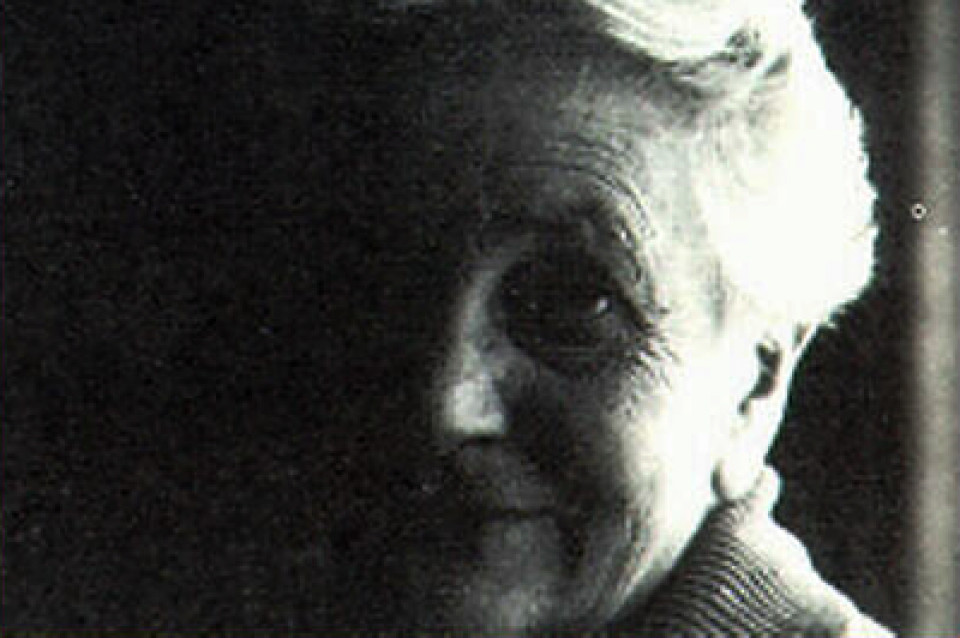Margaret Sutherland (1896-1984) is regarded as one of the most innovative and influential Australian composers of the first half of the twentieth century. As early as the 1920s, she could be compared with contemporary composers in Europe who were reacting against aspects of the Romantic style of the nineteenth century. As Roger Covell pointed out in his book Australia’s Music: Themes of a New Society (1967), it was she ‘who really naturalised the twentieth century in Australian music’.
Brought up in the midst of a liberal, intellectual, creative and artistic family, in which her principal role models were single women and intellectual men, her musical aspirations were encouraged and fostered. Apart from two extended overseas trips (1924-1925 and 1951-1952), it was Australia where she wanted to develop her composing artistry and contribute to the development of a national idiom in Australian music.
To this end, and alongside a difficult marriage, Margaret was a tireless advocate for Australian composers and performers. One of the most obvious examples of this is her activism for the building of the Arts Centre Melbourne. Sensing that Melbourne was ‘on the brink of a Cultural Renaissance’, she led the movement (Combined Arts Centre Movement) from the early 1940s to convince the Victorian Government of the need to build an all-encompassing cultural centre alongside the planned NGV site on St Kilda Road.
Violin Concerto (1960)
Although Margret generally favoured composing chamber music, she gravitated to larger musical forms later in her career. Her favourite instrument—aside from her own instrument, the piano—was the violin, and writing a violin concerto had been in her mind for a long time. This goal came to fruition in 1960, when she wrote the work for Thomas Matthews, who premiered it with conductor George Tzipine and the VSO on 11 October 1961. Matthews recorded it with the South Australian Symphony Orchestra, conducted by Henri Kripps. The MSO also recorded it (1991) for the ABC with Leonard Dommett as soloist and conductor Patrick Thomas. Critics have described it as one of Margaret’s most romantic works, though it maintains its contemporary sensibility, and is characteristic of its composer. She was aiming for lyricism, but also for stark contrasts between the ‘poignant loneliness’ of an individual voice in the midst of overwhelmingly larger forces’, which she identified as ‘significant features in most concertos’. But there may well be an analogy to be made with these words, since she experienced the sense of having been alone in her challenging personal life, and always as a female composer in what was then, and still is, a male-dominated vocation.
Other Resonances
Margaret’s desire to live and work in Australia and to advocate for Australian music and musicians resonates with this MSO performance of an Australian work, with Ben and Sophie’s Australian careers, and with the need/wish to showcase Australian performers and compositions in the current climate as we emerge from the Covid health crisis. More broadly, it is an opportunity to tap into Australian/Victorian pride regarding the successful management of Covid in comparison with other countries.
Qualities in the violin concerto, such as intensity, dissonance, bravura, martial rhythms, irony, mockery, ominousness, melancholy and lyricism all speak to current experiences of Covid and other world crises.
By Jillian Graham.
Image credit: Australian Music Centre/.
